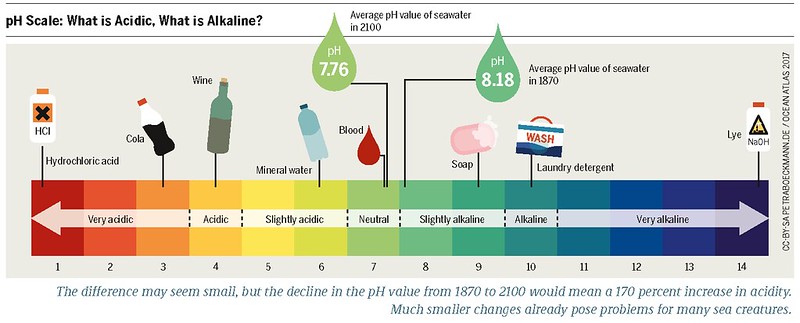Bacteriostatic water is a crucial component in the pharmaceutical industry, serving as a diluent for various parenteral products. The pH of this water is a critical factor that can impact the stability and efficacy of the drugs it is used to dilute. In this comprehensive blog post, we will delve into the significance of pH in bacteriostatic water, the factors that influence its measurement, and the importance of maintaining the appropriate pH range.
Understanding Bacteriostatic Water
Bacteriostatic water is a sterile water for injection that contains one or more antimicrobial agents, such as benzyl alcohol, to suppress the growth of microbial contaminants. This type of water is widely used in the preparation of injectable pharmaceutical products, ensuring a safe and stable environment for the active ingredients.
The Importance of pH in Bacteriostatic Water
The pH of bacteriostatic water is a crucial parameter that must be carefully monitored and controlled. The USP (United States Pharmacopeia) monograph specifies that the pH of bacteriostatic water should range from 4.5 to 7.0. This pH range is essential for several reasons:
-
Stability of Pharmaceutical Formulations: The pH of the diluent can directly impact the stability of the active pharmaceutical ingredients (APIs) that are diluted in it. Certain drugs may be sensitive to pH changes, and the wrong pH can lead to degradation, precipitation, or other undesirable reactions.
-
Microbial Growth Suppression: The antimicrobial agents added to bacteriostatic water, such as benzyl alcohol, are effective within a specific pH range. Maintaining the appropriate pH ensures the optimal performance of these preservatives, effectively suppressing the growth of microbial contaminants.
-
Patient Safety: The pH of the final pharmaceutical product can also affect patient safety. Extreme pH values can cause irritation or discomfort at the injection site, and in some cases, may even be harmful to the patient.
Challenges in pH Measurement of Bacteriostatic Water
Measuring the pH of bacteriostatic water can be a challenging task due to several factors:
-
Lack of Buffering Capacity: Bacteriostatic water is characterized by a low ionic strength and a lack of buffering reagents. This makes the water prone to sample contamination and can lead to inconsistent pH measurements.
-
Probe Suitability: The choice of pH probe is crucial for accurate measurements. Conventional pH probes may not be suitable for the low ionic strength of bacteriostatic water, leading to long response times and noisy signals.
-
Measurement Stabilization Time: Achieving a stable pH reading in bacteriostatic water can take longer than in buffered samples, requiring careful attention to the stabilization time.
-
pH Meter Settings: Proper configuration of the pH meter, including factors such as temperature compensation and calibration, is essential for reliable pH measurements of bacteriostatic water.
Maintaining the Appropriate pH Range
To ensure the safe and effective use of bacteriostatic water, it is crucial to maintain the appropriate pH range. This can be achieved through the following measures:
-
Careful Selection of Antimicrobial Agents: The choice of preservatives, such as benzyl alcohol, should be made with consideration for their impact on the pH of the final product.
-
Robust pH Measurement Protocols: Developing and implementing robust pH measurement protocols that address the unique challenges of bacteriostatic water can help ensure reliable and consistent results.
-
Continuous Monitoring and Adjustment: Regular monitoring of the pH of bacteriostatic water and prompt adjustments, if necessary, can help maintain the desired pH range and ensure the stability and safety of the pharmaceutical formulations.
Conclusion
The pH of bacteriostatic water is a critical parameter that must be carefully controlled and monitored. Maintaining the appropriate pH range is essential for the stability and efficacy of the pharmaceutical products that are diluted in this water, as well as for patient safety. By understanding the challenges in pH measurement and implementing robust protocols, pharmaceutical manufacturers can ensure the reliable and safe use of bacteriostatic water in their operations.
References:
- Critical Aspects of pH Measurement for Bacteriostatic Water for Injection. United States Pharmacopeia (USP). 2023-03-03.
- Bacteriostatic Water Suppliers: Sterile Water, Syringes & More. The Complete Guide on Bacteriostatic Water – Medlab Gear.
- bacteriostatic water for injection, USP () Description – US. Pfizer Medical Information.

